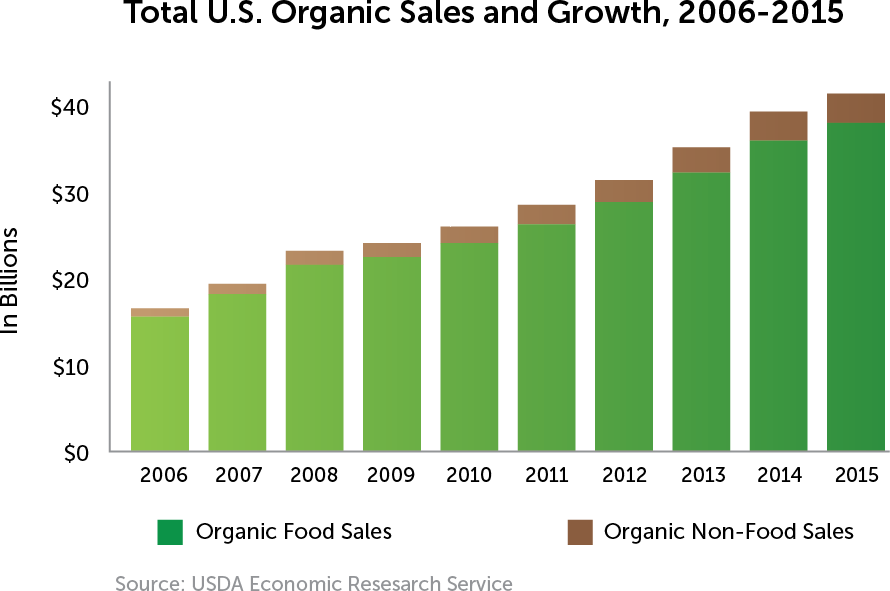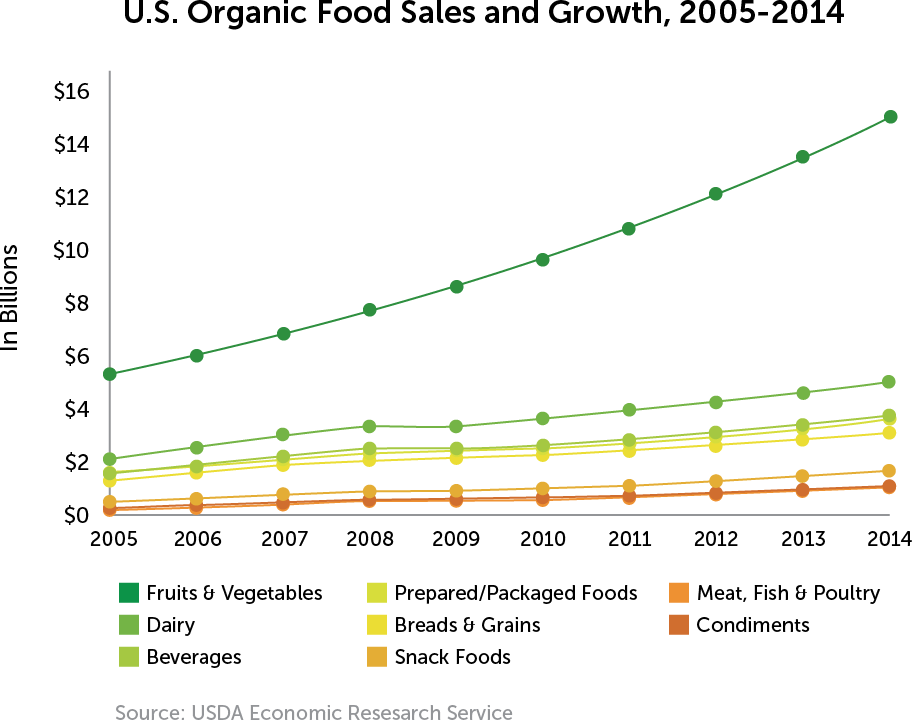Environmental & Food Safety Issues
Organic aside, there are still challenges in the industry with regard to environment and food safety. In the United States, alone, volatile weather results in at least 5% crop loss, on a good year. Natural disasters cause extensive disruption to local food supplies, often for extended periods. Pesticide use is also increasing and taking its toll, sometimes implemented up to every 3 days, as is the case in Florida.
Food safety wise, we encounter deadly pathogens and contaminated foods on a repeated basis. E-coli and salmonella are common in headlines. Raids on storage and theft from trucks increase our produce’s exposure to harmful bacteria.
With a SuperGrow Container™ it’s a perfect day everyday, even in the greatest storm. When natural disasters hit, our supply is unaffected and the supply chain undisrupted. We don’t use pesticides of any kind, and your direct involvement with your container ensures protection from harmful elements.
Transportation & Spoilage Costs
The largest contributor to produce cost is transportation. Expenses associated with energy, labor, and fuel drive up the price we pay at the grocer. Packaging for these distances is also a factor. And spoilage. Did you know that 54% of produce spoils before it gets to market, and another 14% spoils before reaching shelves? Not to mention, to combat spoilage, farmers have to harvest produce early in advance. As a result, fruits and vegetables don’t have the proper time to mature and develop nutrients. Along with this, a significant amount of produce is tossed due to imperfection.
A SuperGrow Container™ cuts out the need for transportation, and with its controlled environment spoilage is a thing of the past. Produce is picked at its prime and brought farm-to-table immediately for maximum shelf life. Because ours is a covered and controlled environment, 98% of our produce receives a top perfection rating, resulting in predictable yields with every harvest. Learn more at Supply Chain Redefined.


